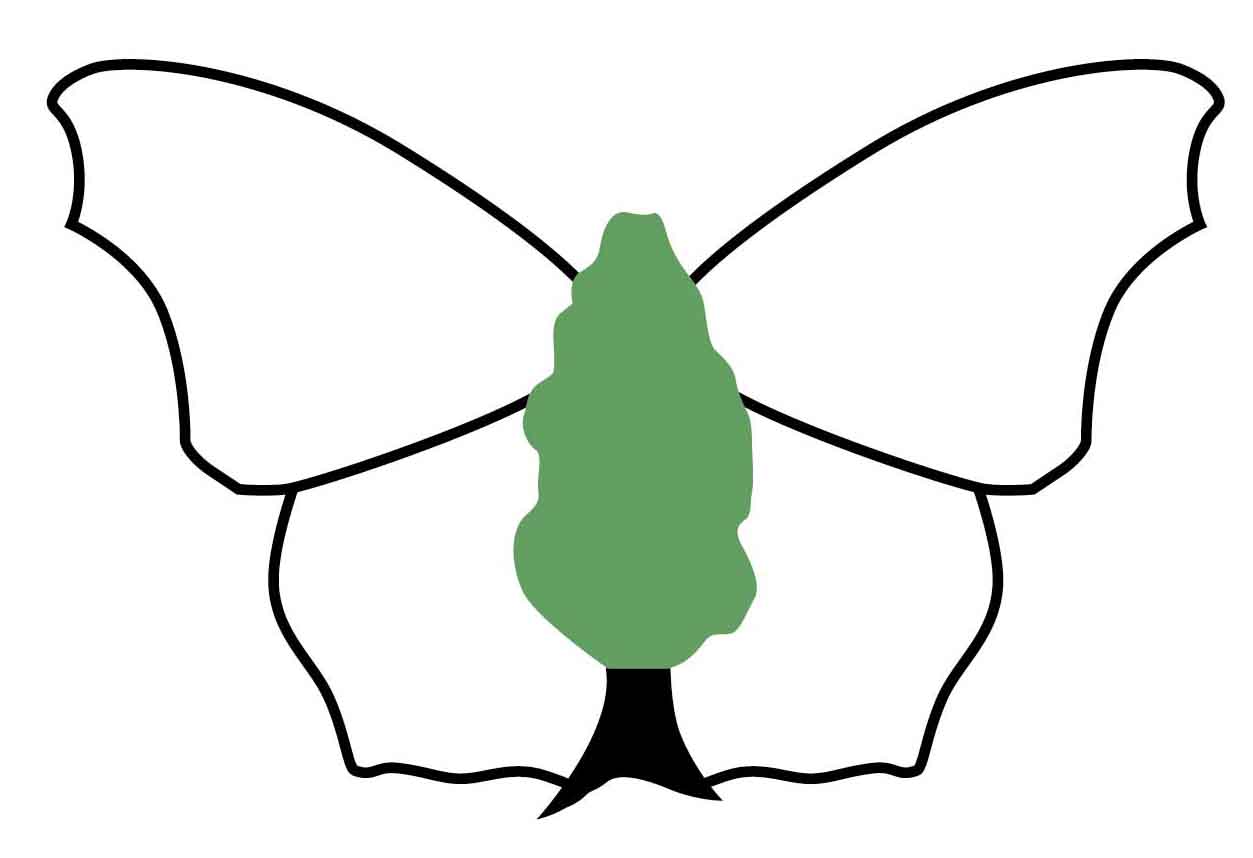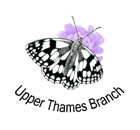Health and Safety |
Surveying | | Butterfly Conservation has always put the safety of surveyors above the collection of records.
For that reason we want people to consider their personal risk from any hazard, including trip hazards, weather conditions
etc., above the need to collect records. There will always be some risks, and for that reason there is
insurance for surveyors. | | Some surveyors might not be fully covered by BC's insurance. You are covered if surveying on a WCBS square or
transect route and adding your own data to UKBMS. However, if you provide data to others to enter centrally,
you might not be fully covered. Any surveyor who wishes to have this
insurance cover should ask the recipient of their data to add them to the central register. | | Just as you can walk in the countryside without insurance, you can collect butterfly data without insurance. Anybody who is collecting data
on a casual basis can continue as before; we simply point out that BC's insurance gives the
most comprehensive cover to those who are registered as surveyors. | | Butterfly Conservation: Health & Safety |
|
Moth Trapping | | Moth trapping takes place in the dark, outside, and normally involves the use of electrical equipment. All
electrical equipment must be checked to ensure it is functioning properly, and that the equipment is not damaged
in any way that could result in someone suffering an electric shock. Any trailing cables (eg to a generator)
should be covered to avoid a trip hazard. | | 125W mercury-vapour bulbs are commonly used in moth traps. These are very bright, get very hot and emit additional ultra-violet light.
It is advisable to not look directly at the bulb while it is on; either shield your eyes with your hand or use Polaroid sunglasses. | | Staff and volunteers organising and running public moth trapping events are covered under
BC's insurance policies. There is public liability cover (for third party),
and personal accident cover for BC staff and volunteers, where all reasonable precautions
have been taken; staff and volunteers are covered under the employers liability cover. |
|
Tick Advice | | Ticks are parasitic arachnids of the order Ixodida. Adults are approximately 3 to 5 mm in length depending on age, sex, species, and "fullness".
They are external parasites, living by feeding on the blood of mammals and birds. They
attach to skin when a host passes by, and will feed for several days before dropping off. Ticks are usually harmless, but they can transmit diseases
such as Lyme Disease and Tick Bourne Encephalitis, so it is important to be aware of the risks. | | A habitat preferred by ticks is the unmaintained transitional edge habitat between woodlands and open areas. To avoid being bitten, you should try to
stick to clear paths and avoid brushing against vegetation. Wear long-sleeved tops and long trousers.
Repellents containing DEET will minimise the rick of any ticks biting your skin. You should always carry out a full check of your clothes and body after outdoor activity. | | If you find a tick on your body, it should be removed as soon as possible using fine tipped
tweezers or a tick removal tool. You should pull the tick from as close to the skin as possible,
ensuring you remove the head. After removal, clean and monitor the area for any redness or swelling.
Seek medical advice immediately if you are unable to remove the tick or the head. | | Butterfly Conservation: Tick Advice UKHSA |
|


